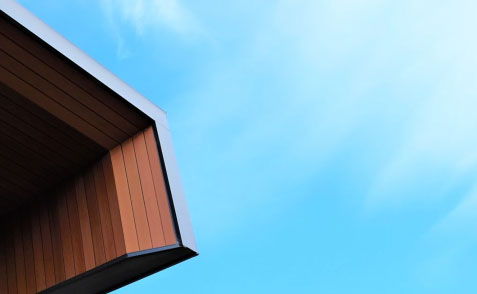First 500 Buildings to be replaced with Non Combustible Cladding

As of 5 July, 2019, 2227 buildings had been inspected by VBA and of those 1,069 had been found to have combustible cladding, and of these 500 buildings are in scope including 3 or 4 storey buildings to high rises. These 500 are in the extreme risk and will take priority in having non combustible cladding installed.
The Victorian Government was the first in the world to invest in the rectification of these buildings with flammable cladding. This will be a 5 year program with $600 million being invested into the project.
Problems with flammable cladding were exposed in Victoria after the 2014 Lacrosse building fire in Docklands. There, a cigarette burning on a balcony sparked a fire that caused a damages bill of about $11 million.
The issue is that within the core of non-compliant cladding, the core is made of a non-fibre foam which melts when exposed to extreme heat (as in the case of a fire). As it melts it becomes fuel for the fire, dripping down the building spreading the flames as at the same time it works its way up the building too.
Recently a complex built by Hickory Group has been added to Cladding Safety Victoria’s hit list. Inexplicably, this building had managed to slip under the radar of the Victorian task force. As a result authorities have had to install new fire exits to ensure the safety of residents living in an apartment complex covered in highly dangerous cladding.
The Preston building will now be one of 15 extreme risk buildings as part of the $600 million cladding rectification program.
The Hickory Group building was completed in 2011, a spokesperson for Hickory Group said at the time of building all products used were 100 per cent compliance with the regulations at that time and believed to be non combustible cladding.
The dangerous cladding was revealed in November 2019 resulting in immediate action being taken and with residents in the 109 apartments told to remove clothing from their balconies and refrain from using barbecues to avoid potential fires.
The cladding task force is regularly conducting inspection on ensuring safety of all tenants whilst the 5 year program is being rolled out.
FUNDING agreements for the 15 buildings will be struck in coming weeks and about 70 per cent will have all cladding removed, while a “performance solution” will be put in place for the remainder, such as partial removal and upgraded fire-safety procedures.
- Project management support
- Professional design services
- Building surveying
- Permits and approvals
- Building materials and rectification works”\
Buildings constructed after March 1997 that fall into the following classes under the National Construction Code are in scope for this review.
- Class 2 buildings
Buildings in this class include apartments. Only buildings of three or more storeys will be audited. - Class 3 buildings
Buildings in this class include hotels, motels and student accommodation. Only buildings of three or more storeys will be audited. - Class 9 buildings
Buildings in this class include hospitals, schools and aged care facilities. Only buildings of two or more storeys will be audited
A very real concern of this disaster is regarding owners selling apartments in affected buildings withholding the fact of the presence of flammable cladding.
The Statewide audit of other buildings will continue into 2021.
Whilst the funding is there for extreme and high risk building, owners corporations can fund the difference if they so desire and completely remove dangerous cladding.
Until now, homeowners who discovered their apartment was covered in flammable cladding have been told it was their job to pay for it to be fixed.
At this point it is the Owners Corporation responsibility to source builders to carry out cladding removal works and must choose from an approved list. Builders who installed non compliant cladding will be given a chance to repair it themselves.

As each building was a different structure, each would likely need an individually-designed solution. Cladding Safety Victoria [CSV] is working through a “pilot” crop of 15 buildings that would help it develop cost templates and ways of approaching rectification, he said.
In the meantime councils and Victorian Building Authority were making sure homes were safe for residents.
He said councils and the Victorian Building Authority were making sure homes were safe for residents in the meantime. Mr O’Brien also called for a national approach to professional indemnity.
